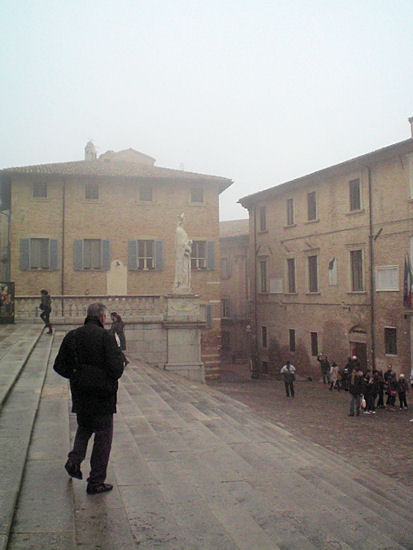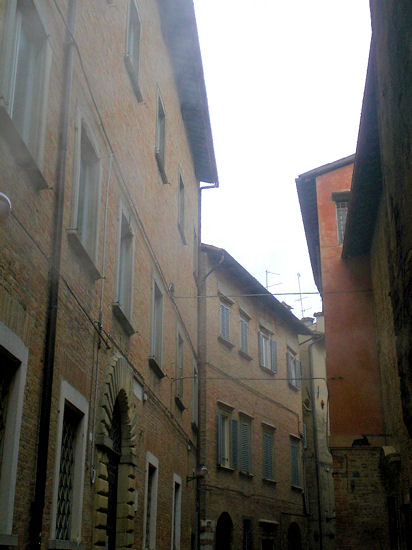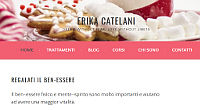|
rom 1998 its historic centre, one of the most relevant of the Italian Renaissance, is an UNESCO world heritage site
The town spread over a hilly region, over the last foothills of the Tuscan-Romagnole Apennines, in the southern area of Montefeltro.
Town of Roman origin, it was subsequently dominated by Byzantines, Longobards and by Franks that donated it to the Papal States. Free city-state up to 1200 after fierce conflicts it was subdued by the Ghibelline Montefeltro that dominated the town up to 1508.
In this period Urbino assumed the aspect which is its trademark, especially thanks to the most famous of the Montefeltro, Federico, Lord of Urbino from 1444 to 1482, strong condottiere and great Maecenas.
The Montefeltro family was deposed by Cesare Borgia, with the complicity of his father Pope Alessandro VI.
Again part of the Papal States, under the Della Rovere dynasty (1508-1631), Urbino began a slow decline when in 1523 the court was transferred to Pesaro.
With the Della Rovere dynasty extinction (1631), the government was assigned to a papal legate and from then Urbino will follow the destiny of the Papal States.
With the plebiscite of 1860 Urbino becomes part of the Kingdom of Italy.
|
|
To visit (among many others):
Palazzo Ducale
Raphael’s Native House
Duomo (cathedral)
Former Monastery of Santa Chiara
Monument to Raphael
Lapidary Archaeological Museum
Oratories
Collegio Raffaello
San Bernardino Church – Mausoleum of the Dukes
San Francesco Church
Albani Museum
Valbona Gate
Data (Duke’s stables)
San Domenico Church
Duomo Crypt (Cave Oratory)
Egyptian Obelisk
Albornoz Fortress
Figures:
Urbino produced the painter of excellence Raphael (1483-1520)
And hereafter we list only some of the figures who stayed in Urbino:
Bramante, painter and architect, born in this area,
Luca Della Robbia, painter and sculptor
Paolo Uccello, painter
Piero Della Francesca, painter
Luciano Laurana, architect and painter
Francesco di Giorgio Martini, architect
Ludovico Ariosto, poet and scholar
Torquato Tasso, poet and scholar
Giovanni Pascoli, poet
Cookery:
The “casciotta d'Urbino” (an old cheese) and the “crescia sfogliata”, a flatbread similar to the “piadina” are typical of the town.
Among many other events we recommend:
1st June: the patronal festival of San Crescentino, with the procession in the city centre
July: International Festival of Early Music
3rd week of August: the Duke’s Festival, historical Renaissance evocation
1st Sunday of September: Kite Festival, historical contest among the quarters of the town
Thanks to Giulio Pettenò for the photographs |






























































